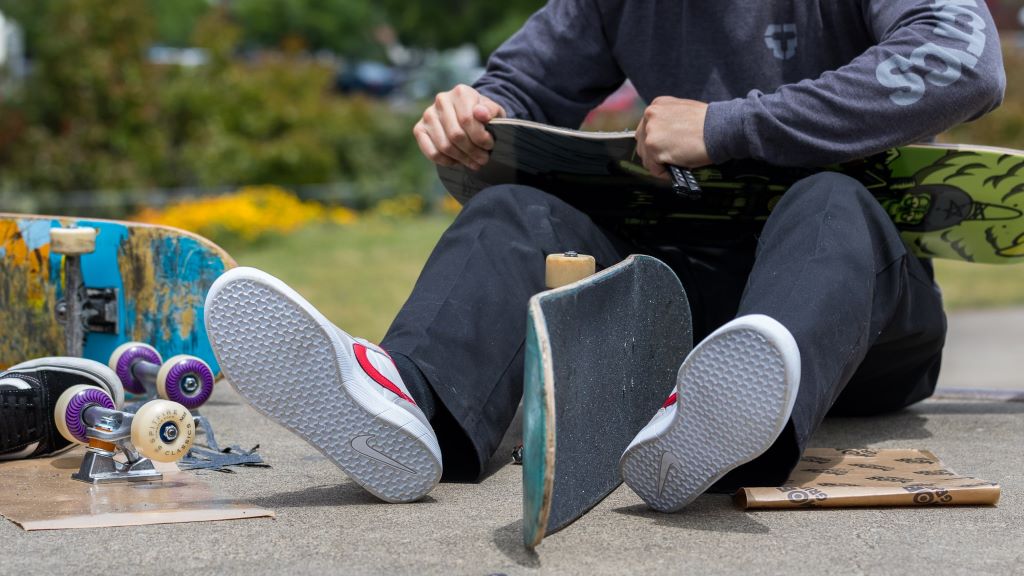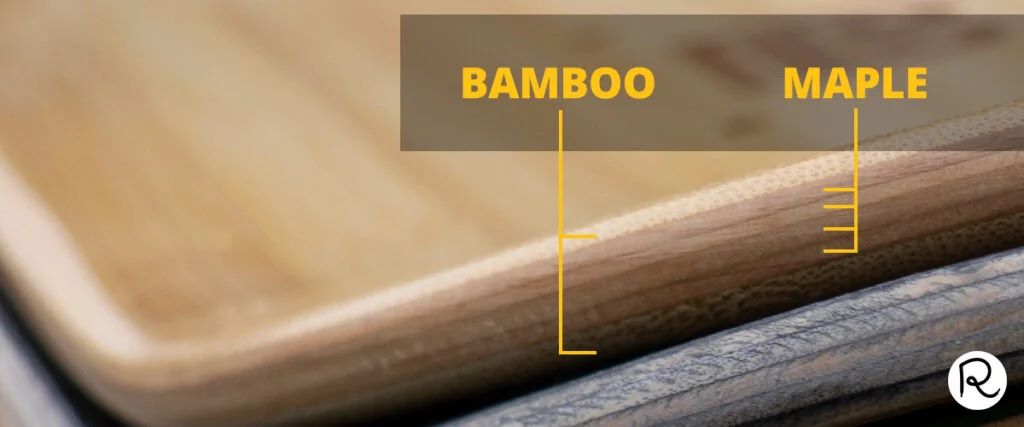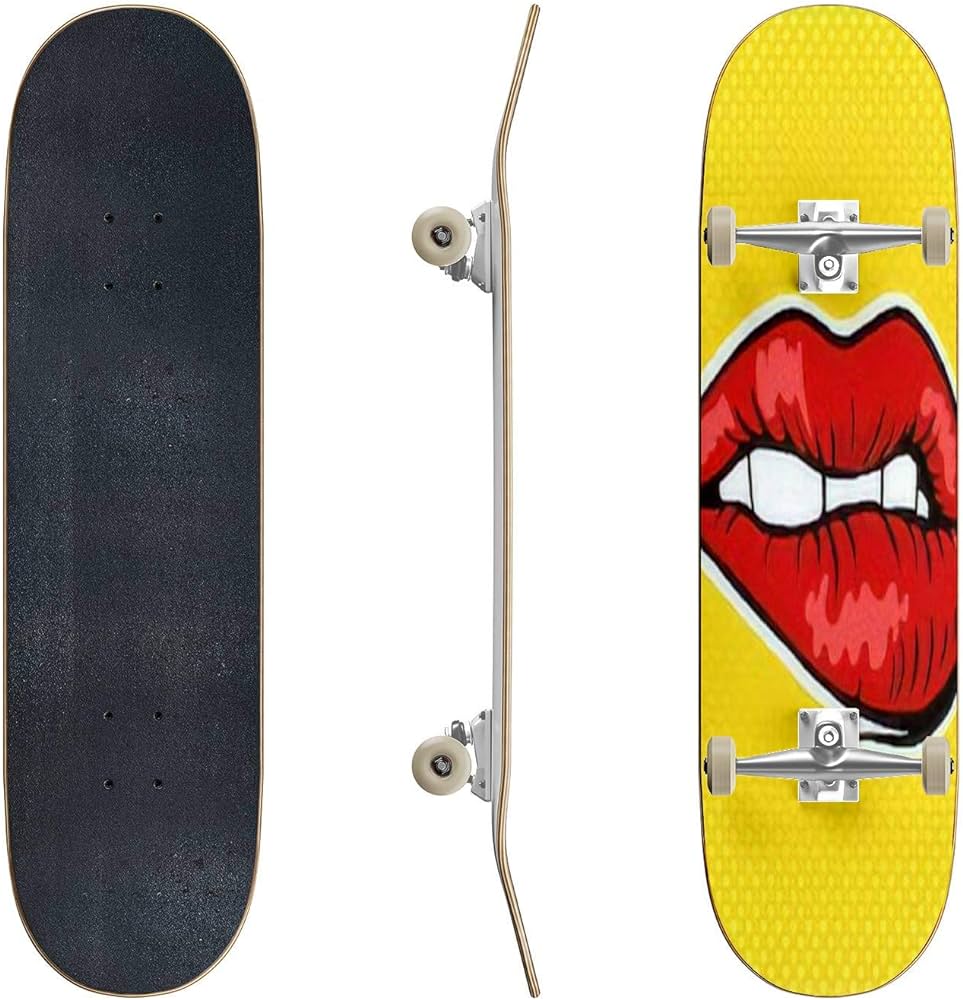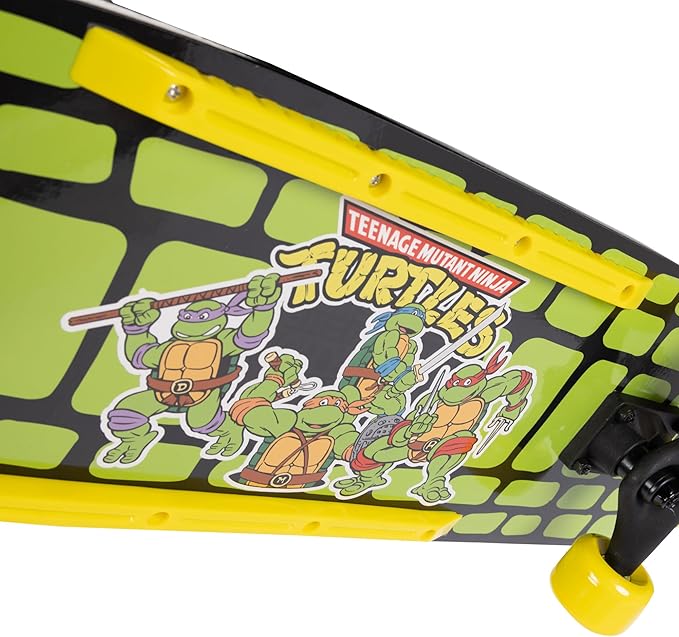Skateboard deck is the heart and soul of your ride and the material they’re made of plays a huge role in how your board performs. Maple, bamboo, and composite are the three main contenders. Each has its own unique characteristics, impacting your board’s flex, pop, durability, and environmental footprint.
Maple: The Skateboarding Classic
- Pros: Maple is the most common deck material, celebrated for its consistent quality and predictable performance. It offers a good balance of stiffness and flex, giving you a responsive board that can handle a variety of tricks.
- Cons: It’s not the lightest material, which might be a factor for some skaters. Additionally, maple can be more susceptible to chipping and cracking compared to other materials.
- Sustainability: Maple trees are a renewable resource, but the demand for skateboard decks can contribute to deforestation if not sourced responsibly.
Bamboo: The Sustainable Alternative Skateboard Deck
- Pros: Bamboo is a rapidly renewable resource, making it a more sustainable option than traditional maple. It boasts a high strength-to-weight ratio, offering a lightweight and snappy feel underfoot.
- Cons: Bamboo decks can be stiffer than maple, which might not be ideal for skaters who prefer a more flexible board. They can also be more expensive than maple decks.
- Sustainability: Bamboo is an excellent choice for eco-conscious skaters, as it grows quickly and has a lower environmental impact than traditional wood.
Composite: The High-Tech Hybrid Skateboard Deck
- Pros: Composite decks are made by blending various materials (like wood fibers and resin), allowing for highly customizable properties. They can be incredibly strong, lightweight, and resistant to moisture and impact.
- Cons: Composite decks often have a unique feel that might not appeal to all skaters. They can also be more expensive than maple or bamboo decks.
- Sustainability: The sustainability of composite decks varies depending on the specific materials and manufacturing processes used.
Choosing the Right Skateboard Deck Material

The best deck material for you depends on your personal preferences and skating style:
- Maple: Ideal for skaters who want a classic, reliable board with a proven track record.
- Bamboo: A great choice for eco-conscious skaters who want a lightweight, snappy board with a sustainable edge.
- Composite: Perfect for skaters who prioritize performance and are willing to experiment with new materials and technologies.
Related: Maple Skateboards: Unleash the Thrill of the Ride!
Additional Considerations
Beyond the material itself, there are a few other factors to keep in mind when choosing a skateboard deck:
- Ply Construction: Most decks are made of 7-ply wood (or equivalent for other materials). The number of plies affects the board’s stiffness and overall feel.
- Shape: Skateboard decks come in various shapes, each with its own advantages for different styles of skating.
- Concave: The concave (curvature) of the deck influences foot placement and control.
related: Vintage Skateboards: Ride into Retro Coolness!
Conclusion
Whether you opt for the tried-and-true maple, the eco-friendly bamboo, or the high-tech composite, your skateboard deck should be an extension of your style and preferences. Take the time to research different brands, try out different materials, and find the perfect board that will elevate your skating to new heights.
Remember: Skateboarding is all about fun and self-expression. No matter what material you choose, get out there and shred!
I hope this article is helpful in your skateboard deck selection process. Feel free to ask if you have any further questions!




